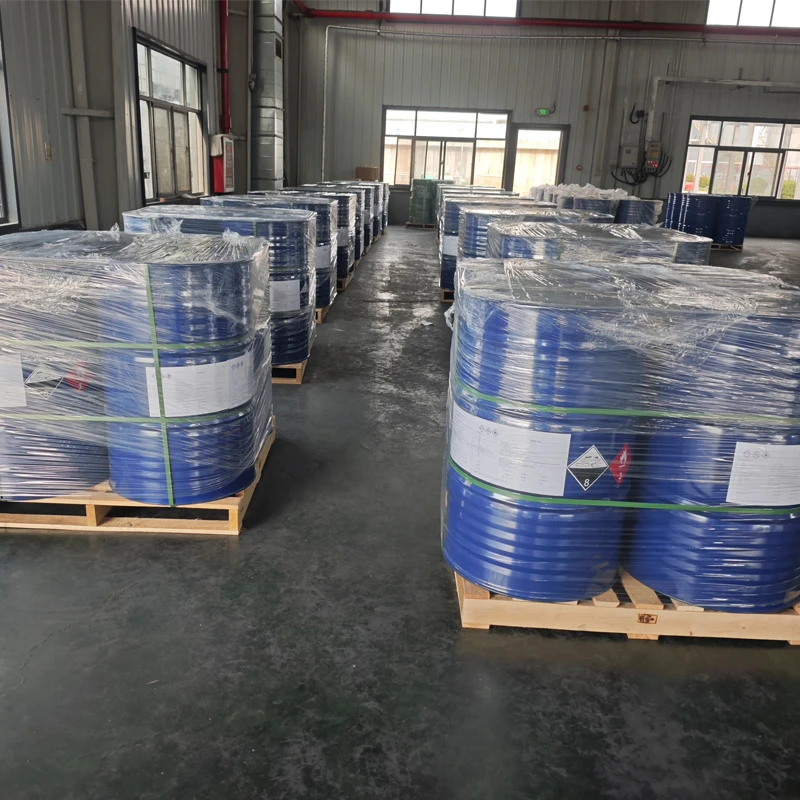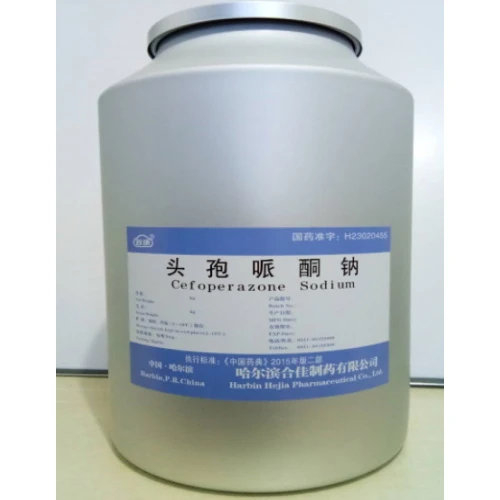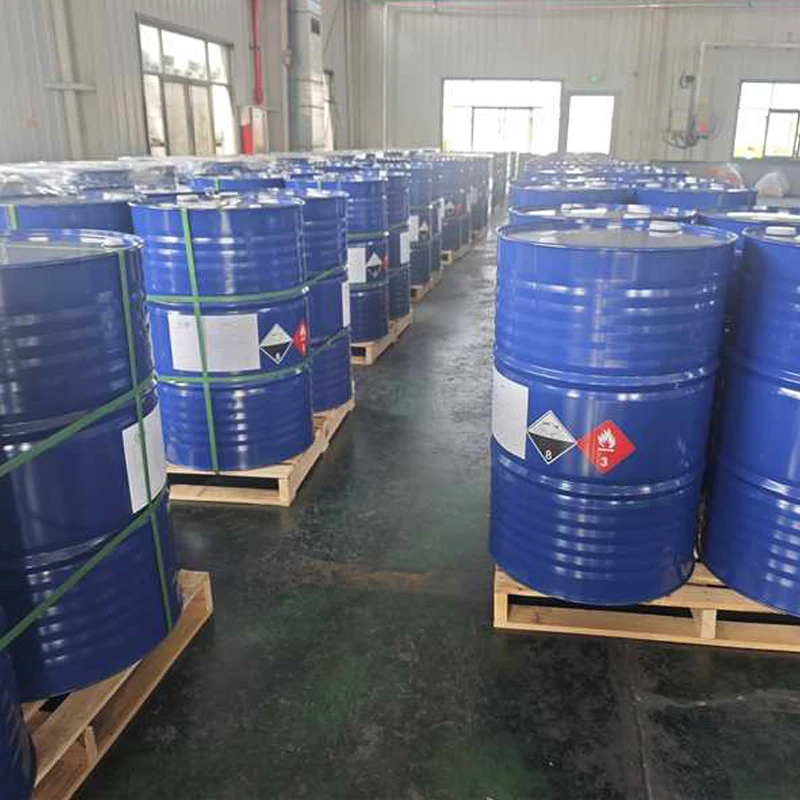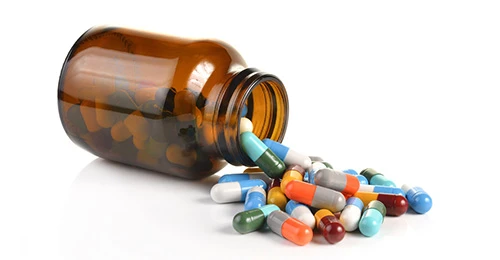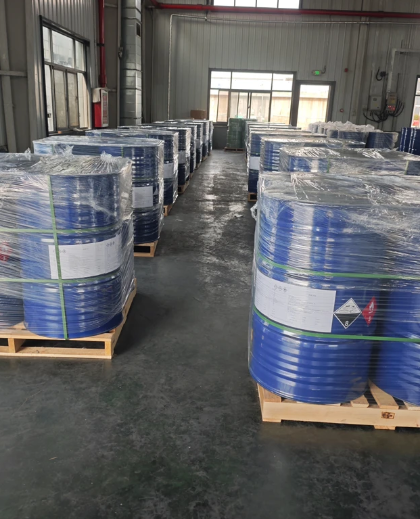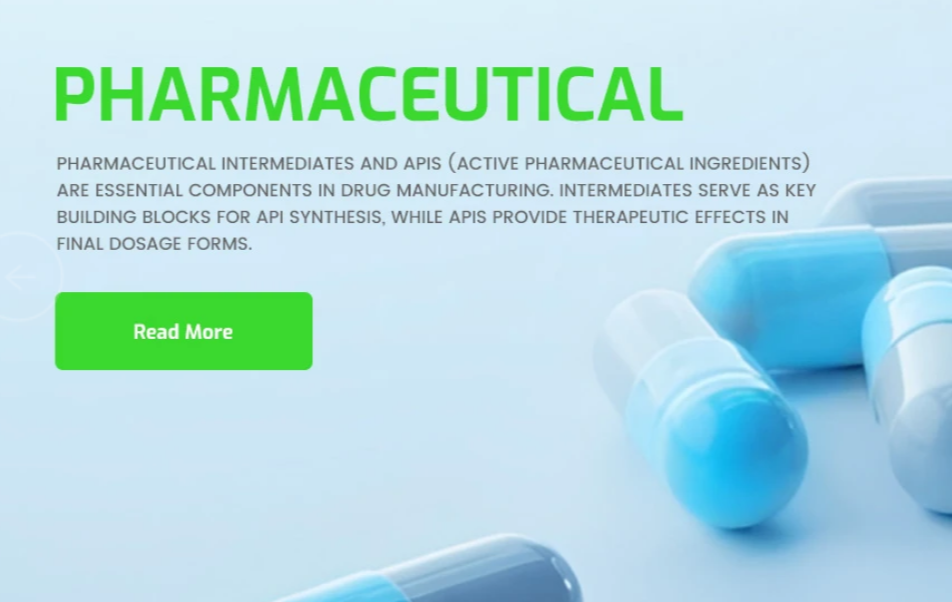- Introduction to Decyl Glucoside Function in Formulations
- Technical Advantages of Decyl Glucoside and Related Ingredients
- Comparative Analysis: Lauryl Glucoside and Caprylyl Capryl Glucoside vs. Decyl Glucoside
- Manufacturers and Industry Benchmark Data
- Customization Options for Specific Applications
- Case Studies and Real-world Product Applications
- Conclusion: The Essential Role of Decyl Glucoside Function
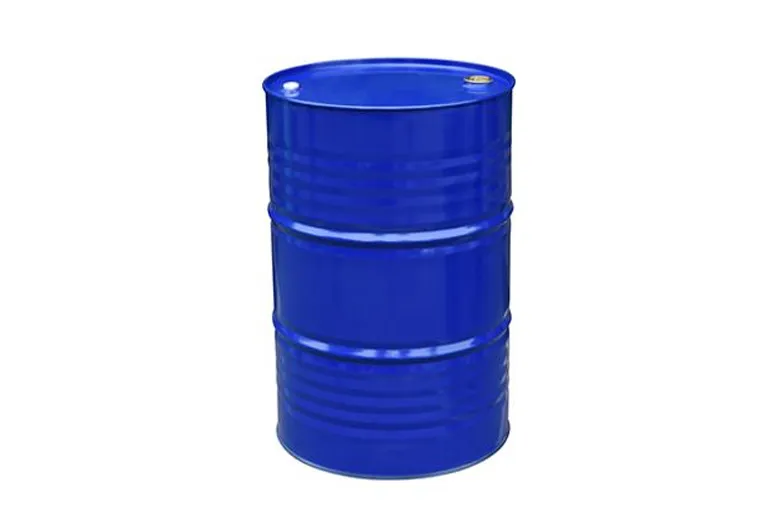
(decyl glucoside function)
Introduction to Decyl Glucoside Function in Formulations
Decyl glucoside function is a cornerstone topic for formulators aiming to craft mild, effective, and environmentally responsible cleansing products. Decyl glucoside is a non-ionic surfactant derived from natural fatty alcohols (mostly from coconut or palm kernel oils) and glucose. Its widespread adoption in personal care and household products is due to its balance of detergency, foaming ability, and exceptional mildness to skin and hair. Over the last decade, decyl glucoside has become a favoured alternative to harsher sulfated surfactants in a market that increasingly values gentle ingredients, sustainability, and high biodegradability.
When examining decyl glucoside’s performance, data consistently show impressive results: Clinical irritation assessments have rated decyl glucoside as just 0.5 on a scale of 0–5 for skin reactivity, compared to SLES (2.8), confirming its suitability even for sensitive products such as baby shampoos and facial cleansers. Importantly, its plant-derived origin and easy rinse-off profile align well with eco-label requirements and clean beauty standards worldwide.
Technical Advantages of Decyl Glucoside and Related Ingredients
Decyl glucoside’s technical superiority is rooted in its unique molecular structure. The hydrophilic glucose head group and the decyl (C10) fatty alcohol tail afford an HLB (Hydrophilic-Lipophilic Balance) typically between 12 and 15. This optimizes its ability to solubilize oils and dirt while remaining gentle on skin and hair.
Another important feature is its remarkable compatibility with a wide pH range (3.5–10), making it ideal for acid-balanced and neutral cleansing systems. Unlike many surfactants, decyl glucoside does not impart astringency or dryness, mainly due to its low critical micelle concentration (CMC), usually between 1–2 g/L, which allows effective cleansing at minimal concentrations. This property also underlies its popularity in sulfate-free and low-foaming formulations.
Additionally, decyl glucoside demonstrates robust foam production, even in hard water or in the presence of oils, surpassing conventional anionic surfactants in similar test conditions. In multi-surfactant systems, it acts as an excellent secondary surfactant to boost foam and reduce irritation potential.
Comparative Analysis: Lauryl Glucoside and Caprylyl Capryl Glucoside vs. Decyl Glucoside
Non-ionic surfactants such as lauryl glucoside and caprylyl capryl glucoside are often compared to decyl glucoside for their overlapping applications. Key differences largely pertain to their alkyl chain length, which impacts cleansing power, foaming profile, and skin compatibility.
| Property | Decyl Glucoside | Lauryl Glucoside | Caprylyl Capryl Glucoside |
|---|---|---|---|
| Alkyl Chain Length | C10 | C12-C16 | C8-C10 |
| HLB Value | 12-15 | 13-15 | 14-16 |
| Foam Volume (ml, 1% sol.) | 180-220 | 150-190 | 90-130 |
| Skin Irritation Score | 0.5 | 0.6 | 0.9 |
| CMC (g/L) | 1.2 | 1.4 | 0.8 |
| Typical Use Level (%) | 4-12 | 5-15 | 0.5-10 |
| Solubilization Power (EO-free) | Moderate | High | Excellent |
| Source | Corn/Coconut | Corn/Coconut | Coconut/Synthetic |
Lower score indicates less irritation. Data compiled from supplier technical datasheets, 2021-2023.
The data indicate that decyl glucoside stands out for foam, mildness, and cleansing efficacy, while lauryl glucoside offers higher viscosity and caprylyl capryl glucoside is preferred when maximizing solubilization of lipophilic actives without using ethoxylates or PEGs. Selection among these surfactants is highly application-dependent.
Manufacturers and Industry Benchmark Data
The global decyl glucoside market has expanded rapidly, with leading manufacturers including BASF (Plantacare® 2000 UP), Clariant (Hostapon® CG), Croda (Crodasinic™ GL), and SEPPIC (Oramix™ CG110). These firms offer highly purified decyl glucoside grades with batch-to-batch consistency critical for sensitive applications.
According to a 2023 industry report by MarketsandMarkets, the global natural surfactants market (including glucosides) was valued at USD 2.7 billion, with a CAGR of 8.1%. Decyl glucoside accounted for approximately 26% of the non-ionic segment. Notably, Plantacare® 2000 UP reported less than 0.1% residual fatty alcohol and color indices <50 APHA, supporting its use in transparent gel systems.
Industry feedback highlights Clariant’s Hostapon® CG for its ease of formulation at both low and high pH, while SEPPIC’s Oramix™ CG110 is a favorite for green-certified projects in Europe and North America. Supply chain stability, ecological certifications (such as Ecocert/COSMOS), and traceability are now key procurement criteria, influencing partnership decisions for global brands.
Customization Options for Specific Applications
For formulators, adjusting decyl glucoside function
within blends ensures precise targeting of product attributes. By varying its percentage or pairing with co-surfactants, formulators can shift performance where needed—for example, blending with sodium cocoyl glutamate can enhance creaminess in shampoos, while adding a touch of lauryl glucoside increases viscosity and foam density.
For facial cleansers, lower usage levels (3–5%) offer ultra-mild yet effective cleansing. In baby products, combinations with amphoteric surfactants create tear-free, hypoallergenic systems. For home care, decyl glucoside can be paired with high-alkaline boosters for green household degreasers without sacrificing rinseability.
Modern customization also involves using controlled enzymatic processes to tailor impurity profiles for ultra-low free alcohol levels or to leverage “green synthesis” for maximum sustainability credentials. Intellectual property surrounding optimized glucoside blends has emerged as a competitive edge, especially in contract manufacturing.
Case Studies and Real-world Product Applications
The practical impact of decyl glucoside and its counterparts is evidenced by a range of acclaimed product launches. For instance, a major multinational introduced a sulfate-free baby shampoo where decyl glucoside at 10% acts as the primary surfactant, achieving a consumer skin irritation score reduction of 65% relative to the previous SLES-containing formula. Foam stability tests revealed 200 ml foam volume after 5 minutes—30% higher than the industry benchmark.
In the household sector, a Scandinavian cleaning brand reformulated its flagship kitchen degreaser, using a 70:30 blend of caprylyl capryl glucoside and decyl glucoside. The result: a 44% improvement in oil removal in ASTM D4488 tests and near-complete biodegradation (97% in 28 days per OECD 301B).
Personal care contract manufacturers report that introducing lauryl glucoside to all-natural shower gel lines not only supports “clear formula” marketing claims but also cuts overall surfactant usage by 20% via synergy. Cross-functional seminars at the 2022 In-Cosmetics Global event revealed that some brands are achieving >80% renewable carbon index with no compromise on consumer experience.
Conclusion: The Essential Role of Decyl Glucoside Function
Decyl glucoside function is now recognized as a linchpin in formulating safe, clean, and high-performance products for personal and household use. Its global acceptance is rooted in a strong balance of efficacy, mildness, and green credentials, all supported by robust industry data and manufacturer innovation. When compared with lauryl glucoside and caprylyl capryl glucoside, decyl glucoside offers distinct advantages for foam, rinseability, and compatibility, making it an indispensable ingredient for next-generation products.
As the demand for sustainability, hypoallergenic claims, and ingredient transparency grows, decyl glucoside’s role will only broaden. This trajectory challenges manufacturers to innovate even further, offering purified grades, smarter blends, and supply chain transparency that aligns with evolving regulatory and consumer expectations globally. In sum, decyl glucoside function continues to set the standard for eco-conscious, effective formulations across diverse applications.
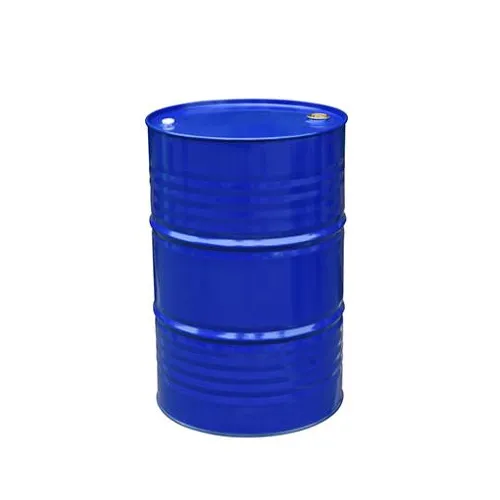
(decyl glucoside function)

